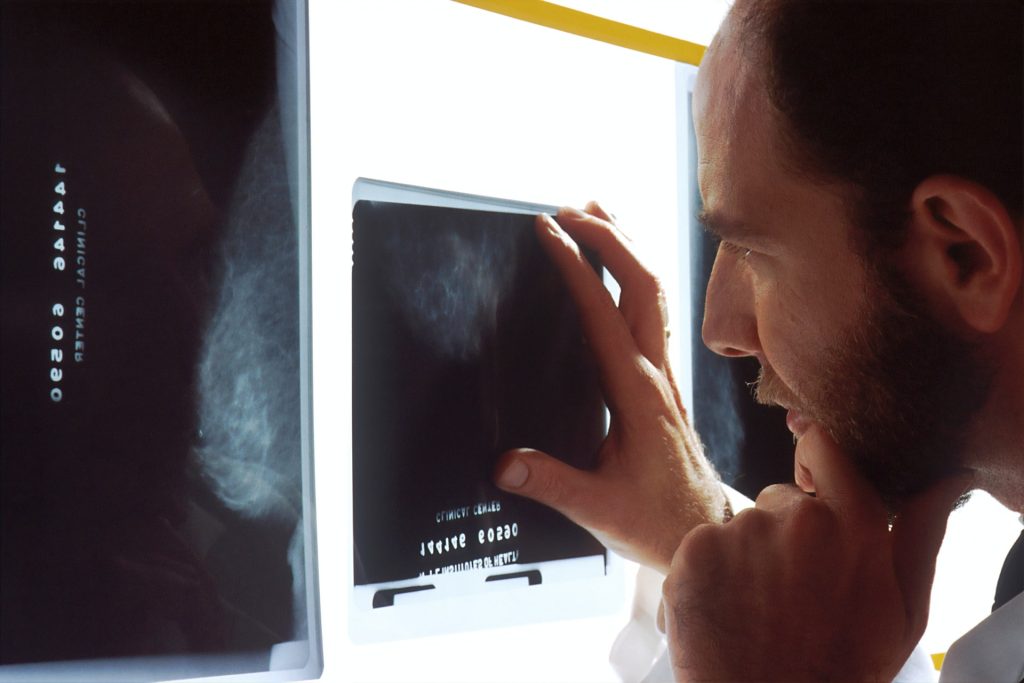New Online Tool for Hard-to-identify Breast Cancer

A new diagnostic scoring system, developed by renowned breast cancer experts, is now available as an easy-to-use online tool through Susan G. Komen®, the world’s leading breast cancer organisation. This tool will help health care providers recognise and effectively diagnose a rare and aggressive breast cancer, inflammatory breast cancer.
The new Inflammatory Breast Cancer (IBC) Scoring System online tool is available at https://www.komen.org/ibc and may help to increase diagnostic accuracy, predict outcomes, guide treatment decisions and inclusion in clinical trials.
Before the development of the proposed IBC Scoring System, IBC lacked a formal, objective medical definition and diagnosis was often delayed, misdiagnosed or missed altogether. The new online tool is intended to provide the proposed IBC diagnostic criteria in a convenient tool to help more quickly and effectively recognize IBC in the clinic.
IBC often develops rapidly and can easily be confused with a breast infection because of symptoms such as redness and swelling, and the frequent lack of a breast lump. IBC can be hard to see on a mammogram as it may only show up as skin thickening. This results in approximately 30% of IBC patients being first diagnosed at stage IV (de novo metastatic breast cancer), meaning their breast cancer has already spread to other parts of the body.
“IBC has historically been difficult to diagnose and no changes to diagnostic approach have been made since the 1960s,” said Dr Reshma Jagsi, Komen Scholar and Lawrence W. Davis Professor and Chair of the Department of Radiation Oncology at Emory University School of Medicine. “This first-of-its-kind tool may help health care providers recognise and diagnose IBC and may also enable researchers to study the biology of IBC, making discoveries to advance progress toward personalized care for all IBC patients in the future.”
The proposed IBC Scoring System was developed through a collaborative effort between Susan G. Komen, the Inflammatory Breast Cancer Research Foundation (IBCRF) and the Milburn Foundation, which brought together a team of leading breast cancer experts including clinicians, researchers, and IBC patients. It is now being validated by a team of researchers at two of the largest IBC centres in the world led by Dr Filipa Lynce at Dana-Farber Cancer Institute, and Dr Wendy A. Woodward at MD Anderson Cancer Center. This work validating the scoring system is supported by a grant awarded by Susan G. Komen and is part of the groups’ collaborative efforts to advance IBC research and care through innovative approaches.
“I encourage my fellow health providers to use the IBC Scoring System when addressing patients having concerns about changes in their breast, such as swelling and redness. Using this tool may accelerate the diagnosis of IBC and start treatment at an earlier stage for those who have a confirmed diagnosis of invasive breast cancer,” said Dr Lynce.
“The creation of this tool reflects the deep commitment of Komen, the Inflammatory Breast Cancer Research Foundation and the Milburn Foundation to accelerate progress in detecting and treating inflammatory breast cancer. With the help of leading scientists and medical providers across the US, we will help thousands of patients receive an earlier and more accurate diagnosis of this aggressive disease and get the high-quality care they need to survive,” said Senior Vice President of Mission for Susan G. Komen, Victoria Wolodzko Smart. “I have no doubt this tool will improve outcomes for all IBC patients in the future.”
Source: EurekAlert!





